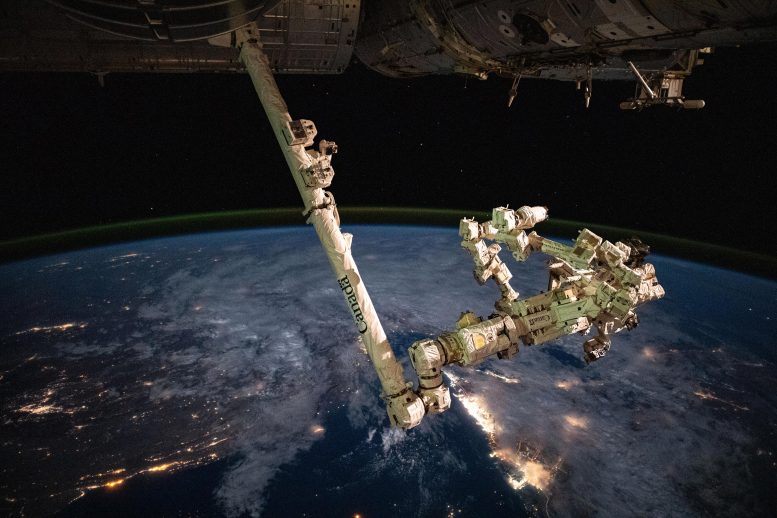
The Canadarm2 robotic arm, with its fine-tuned robotic hand Dextre attached, is pictured as the International Space Station orbited 260 miles above the city lights of the Arabian Peninsula. Credit: NASA
Monday, October 30, was filled with a flurry of activity for the seven Expedition 70 crew members. Their tasks ranged from spacesuit preparations to microgravity research and cargo operations. Two astronauts are set to exit the International Space Station (ISS) on Wednesday for a vital maintenance spacewalk.
Training and Equipment Checks
On Monday afternoon, two astronauts and a cosmonaut teamed up to practice powering up spacesuits and assisting their spacewalking crewmates in suiting up within the Quest airlock. This trio comprised of Flight Engineers Jasmin Moghbeli from NASA, Satoshi Furukawa from JAXA (Japan Aerospace Exploration Agency), and Nikolai Chub from Roscosmos. Together, they activated the suits’ life support and communications components, verified water and oxygen levels, and conducted a comprehensive suit fit check.
Moghbeli and NASA Flight Engineer Loral O’Hara are slated to embark on a spacewalk on Wednesday, starting at 8:05 a.m. EDT. They anticipate spending approximately seven hours on tasks related to communications and the solar array. The tasks include removing an electronics box known as the Radio Frequency Group, which forms part of a communication antenna system, and replacing one of the 12 trundle bearing assemblies located on the station’s port solar alpha rotary joint. These bearings are vital as they allow the ISS’s solar arrays to track the Sun.
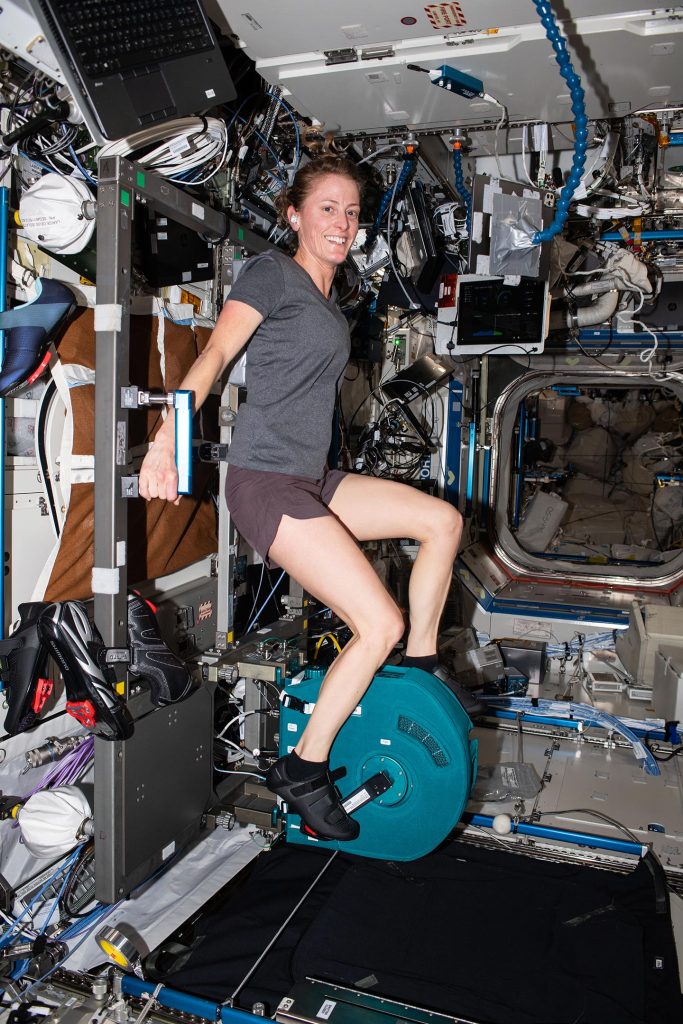
NASA astronaut and Expedition 70 Flight Engineer Loral O’Hara pedals on an exercise cycle, also known as CEVIS, or Cycle Ergometer Vibration Isolation System, inside the International Space Station’s Destiny laboratory module. The CEVIS provides aerobic and cardiovascular conditioning and supports science activities, pre-breathe spacewalk activities, periodic fitness evaluations, and pre-landing fitness evaluations. Credit: NASA
Space Botany and Cargo Operations
While preparations for the spacewalk continued, O’Hara shifted her attention to space botany research and cargo management tasks on Monday. Her activities involved replacing components in the Plant Habitat facility in anticipation of an experiment that will explore how tomato plants fend off diseases in microgravity. Later, she handled cargo transfers to and from the Cygnus space freighter and decluttered cardiac and neuron cell research hardware, making room for an impending SpaceX Dragon cargo mission.
Preparations for Upcoming Missions
Commander Andreas Mogensen from the European Space Agency (ESA) had a full day, organizing equipment destined for the soon-to-arrive Dragon cargo spacecraft. Apart from preparing hardware that will be used during Wednesday’s spacewalk, Mogensen also teamed up with Furukawa in the evening, practicing Canadarm2 robotic arm operations on a computer, a skill crucial for aiding the spacewalkers.
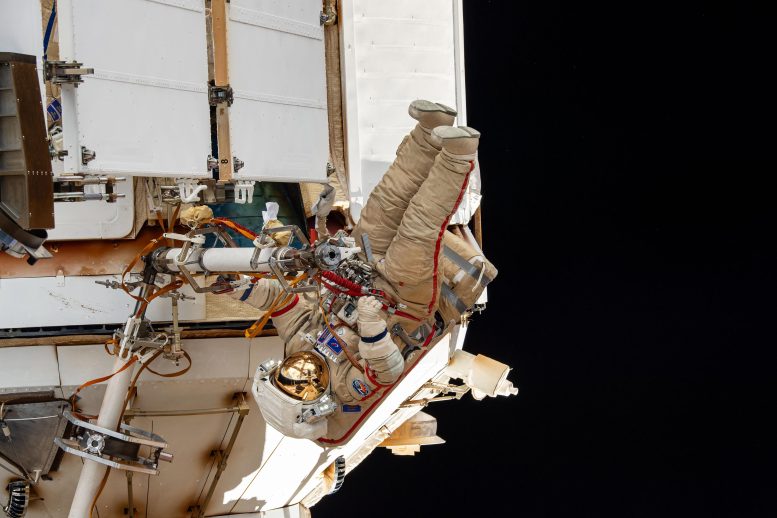
Expedition 70 Flight Engineer Oleg Kononenko from Roscosmos is pictured during a spacewalk to inspect a backup radiator, deploy a nanosatellite, and install communications hardware on the International Space Station’s Nauka science module. Credit: NASA
Other Activities and Experiments
The day wasn’t any less hectic for veteran cosmonaut Oleg Kononenko. Starting with a helmet full of sensors, he practiced piloting techniques for potential use in future planetary expeditions. His day continued with maintenance on the Roscosmos Progress 85 cargo craft, and a medical emergency drill alongside O’Hara and Chub. Meanwhile, Chub delved into a 3D printing experiment, a step towards reducing the reliance on Earth-based supplies.
Lastly, first-time space traveler, cosmonaut Konstantin Borisov, devoted an hour to photographing Earth. The rest of his day was filled with a variety of life support maintenance tasks in the station’s Roscosmos segment.
Veteran cosmonaut Oleg Kononenko began his day wearing a helmet packed with sensors practicing piloting techniques crew members might use on future planetary missions. Afterward, he worked on Roscosmos Progress 85 cargo craft maintenance then practiced a medical emergency with O’Hara and Chub. Chub also worked on a 3D printing experiment testing manufacturing in space to reduce dependency on supplies from Earth.


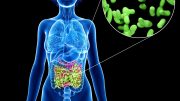

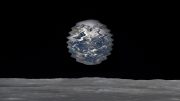
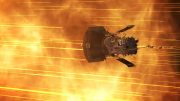
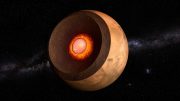

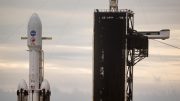
Be the first to comment on "Busy Bees in Zero-G: Spacesuits, Science, and Cargo Ops Kick Off Week on ISS"